“And my cactus – oh, miracle of miracles!” – Sasha Cherny, Russian poet
[ad_1]
Unique haworthia hybrids, collectible caudex, winter-hardy prickly pear… You don’t know what it is? Do not worry! Novice collectors, cactus lovers and just curious people will find a lot of interesting and informative things for themselves at MESA MARKET – the first professional exhibition-fair of succulents and cacti in Moscow. Within the framework of the exhibition, collectors and recognized experts will exchange their experience with the guests of the exposition, you can discuss issues of caring for plants and planned expeditions to the places where cacti and succulents grow.
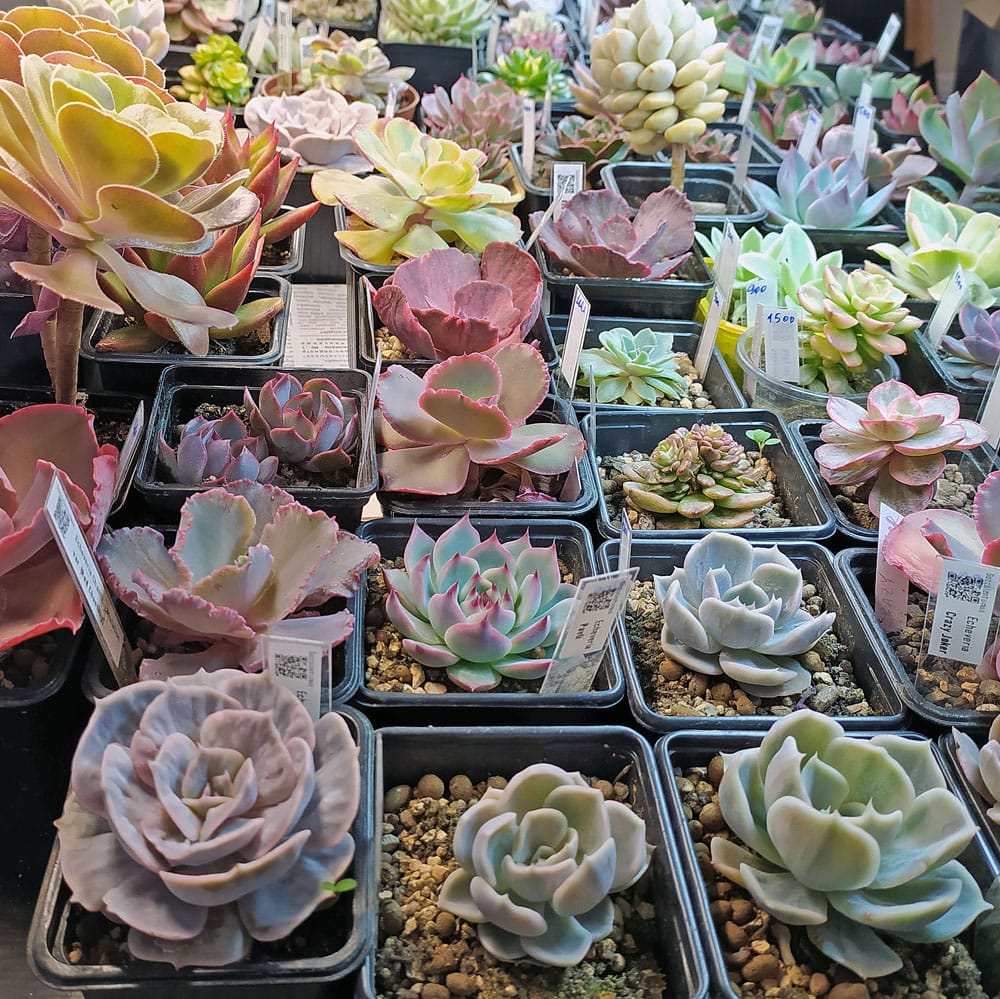
Who is this prickly inhabitant of both the entire globe and our window sills? Cacti are perennial plants belonging to the clove family. The history of the origin of the prickly plant is still shrouded in mystery, their fossil remains have not yet been discovered, so one can only guess about the true origin of the cactus.

Scientists suggest that they appeared more than 30 million years ago. Most likely, the birthplace of the family is the arid regions of South America or the West Indies. On the bas-reliefs of the ancient Aztecs, images of plants similar to modern thorns were found. Their ancestors were moisture-loving plants with well-developed leaves. For thousands of years, cacti have adapted to the peculiarities of climatic conditions: those who failed to adapt died out, while other species survived due to reduction – sharp thorns were once leaves, but, having evolved, they took on the more familiar form of hard thorns.
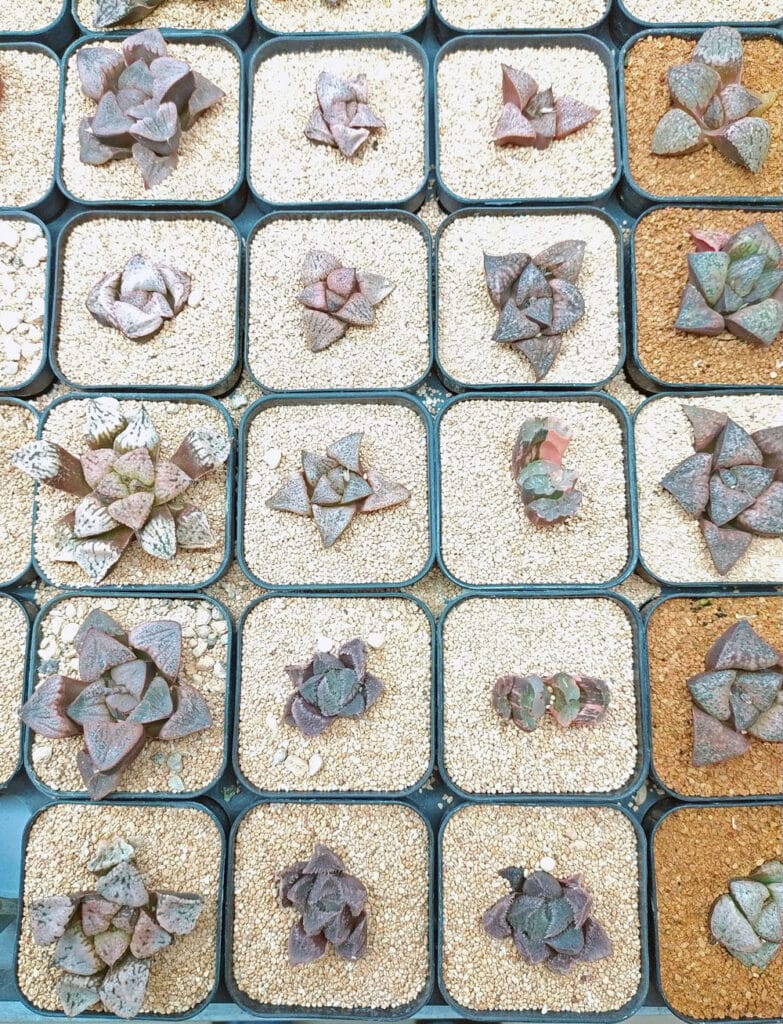
Cacti are common on all continents, with the exception of Antarctica. Due to their rare vitality, they feel great in India, and in Australia, the Mediterranean countries, Madagascar and Mauritius, Mexico, the USA, South America, and China.
After the first round-the-world trip of Columbus, little-studied plant species, including cacti, also began to arrive in Europe.
For Europeans, the cactus was an amazing and rare plant, and for the indigenous people of America, it was an important element of culture. The Aztecs deified, endowed the cactus with magical properties, decorated their homes, ate, treated a wide variety of diseases, and even considered it a guide to other worlds, a source of spiritual and mystical power.
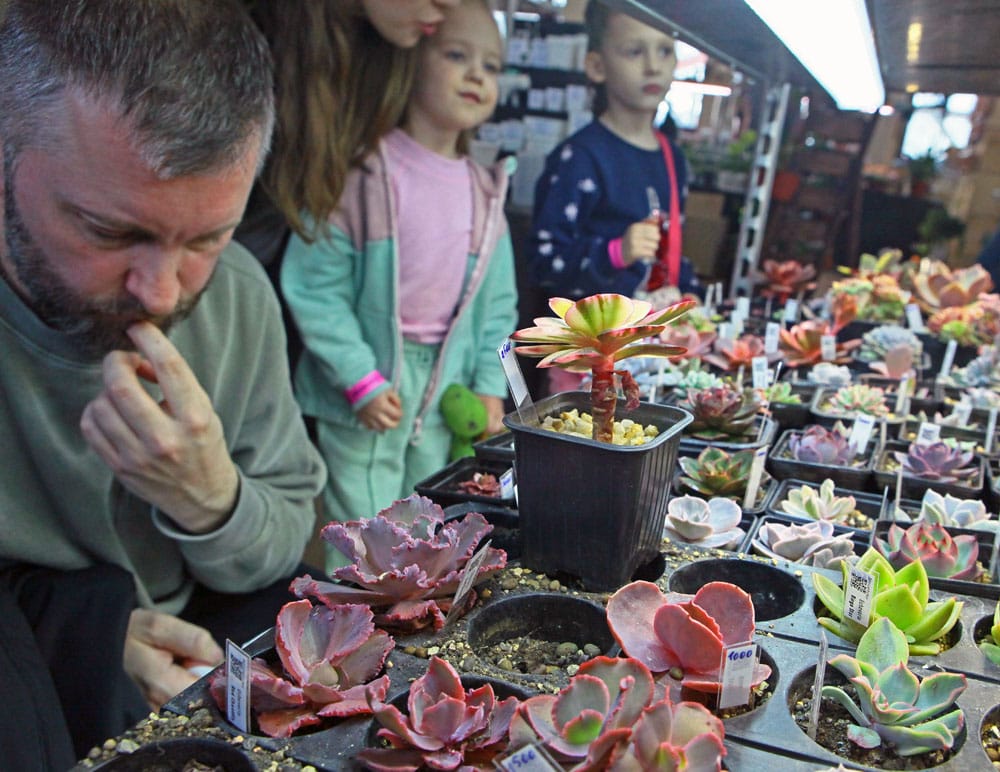
The first appearance of cacti in Russia is associated with the name of Peter the Great, but a document from the reign of Tsar Alexei Mikhailovich has been preserved: “Painting with all sorts of potions that the pharmacist Jacob Frensham brought to the English land”, where the “aloe” plant is found – aloe. Traveling to other countries, Pyotr Alekseevich visited botanical gardens with pleasure and often sent beautiful and rare plants he liked to his homeland. Also, Peter I collected and sent to Russia a large library on botany at that time. Thus, at that time in Russia there were already literary information about cacti.
In 1714, Peter I issued a Decree on the founding of the Pharmaceutical Garden in St. Petersburg. Although it was not the first apothecary garden in Rus’, not only medicinal, but also other plants, both domestic and foreign, were grown in it. At that time, many tropical plants grew in the greenhouses of the garden, including succulent ones: prickly pear, cereus, aloe, euphorbia. By December 1749, there were 35 cereuses and some other cacti in the greenhouses. Also, besides cacti, there were other succulents – euphorbia, aloe, agave, yucca and senecio. Gardeners learned how to successfully care for cacti, and in 1755 there is an order from the Medical Office that surplus plants can be sold, since cacti from greenhouses ended up on windowsills.
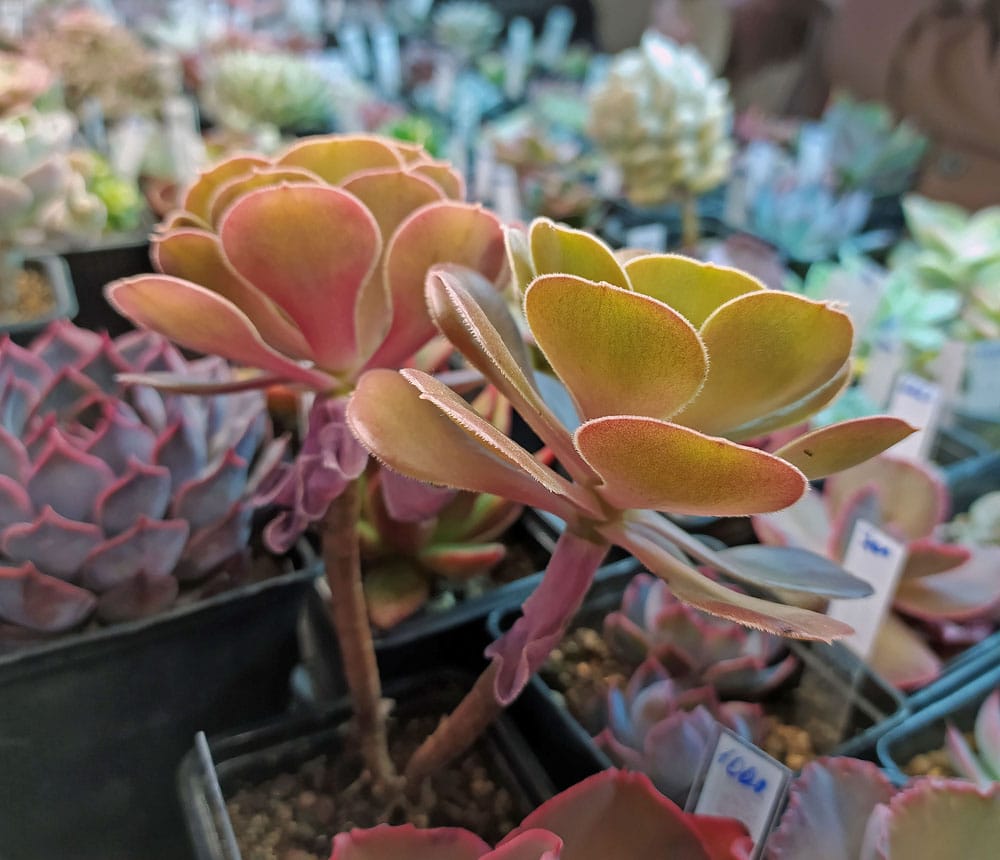
In the second half of the 19th century, collections of exotic plants, including cacti, began to grow rapidly. By 1857, there were 270 species of cacti in the greenhouses of the St. Petersburg Botanical Garden, in 1873 – 806, in 1889 – already 1026 species.
At the beginning of the 20th century, there were collections of cacti in many botanical gardens in Russia and in private collections of the nobility. But some species of these undemanding plants confidently moved further and further inland. Prickly travelers walked from house to house, from village to village, reaching the most remote corners of Russia. Unpretentious in care and maintenance, beautifully flowering, they not only decorated modest dwellings, but were also used by the population for medicinal purposes.
The Great Patriotic War slowed down the development of cactus cultivation in Moscow. After the Victory, Moscow flower shows began again, lovers of cacti and succulents began to unite in clubs and sections. The first such section arose in Moscow in 1953. Later similar sections arose in Leningrad, Krasnodar, Riga and other cities. In total, there were about 70 cactus clubs in the Soviet Union. And in 1972, in the then capital of Kazakhstan, Alma-Ata, the first congress of cactus lovers took place. Many glorious pages are inscribed in the domestic history of amateur cactus growing by members of the Moscow Cactus Lovers Club, many new products have been introduced into domestic (and not only) collections.
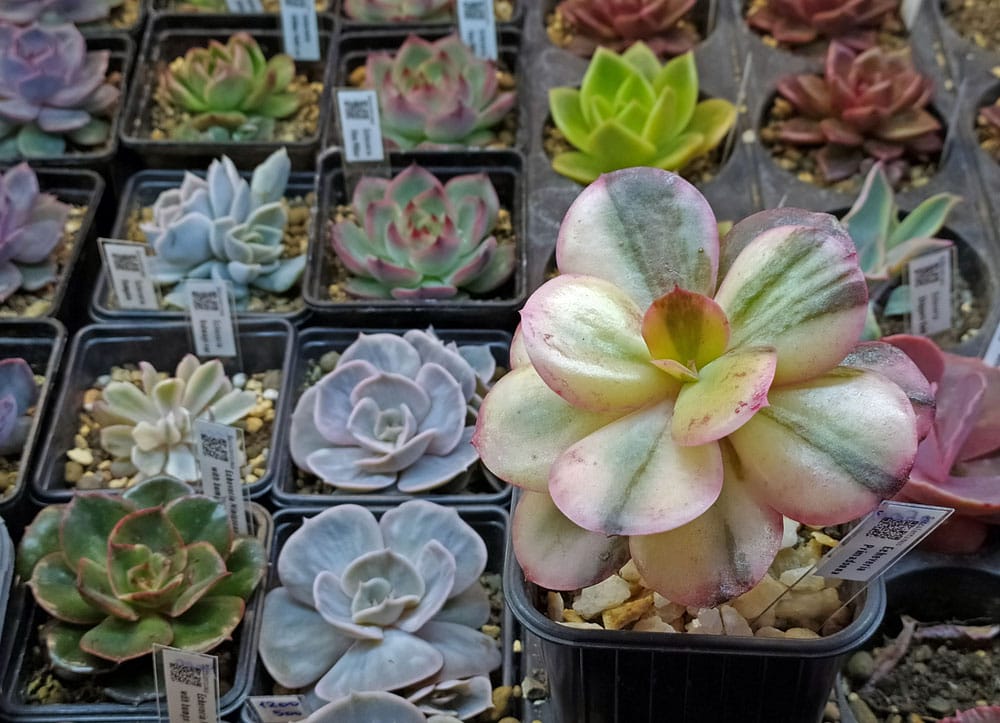
Did you know that:
– The moisture that cacti store inside the trunk is drinkable. Probably, the prickly inhabitants of the desert more than once saved travelers from thirst.
– In some countries, cacti are an integral part of the national cuisine and life: they are used to make jams, jams and compotes; pickled cacti are added to salads; stew with meat, getting an unusually tasty and tender stew; added to wine to give a pleasant shade of taste and delicate aroma; make liqueurs and beer; dishes are decorated with beautiful cacti; Candied cactus slices are a favorite sweet in Mexico.
– Cactuses were to the taste not only to people, but also to animals. Resourceful Mexican farmers feed their cows with them (of course, first removing the thorns from the plants), because due to the high moisture content that the plants store, milk yields increase.
– Cacti have a lot of healing properties: they can restore the water balance in the human body; strengthen the walls of blood vessels; improve blood circulation, slow down fat oxidation; prevent the occurrence of atherosclerosis; relieve hangover; cactus juice is recognized as a powerful antioxidant.
By the way, the fact that the world’s favorite alcoholic drink “tequila” is made from this plant is nothing more than a common myth. Blue agave, from which a strong drink is made, does not apply to cacti.
Now let’s talk about succulents. Succulents are often confused with cacti, all cacti are succulents but not all succulents are cacti. Cacti and succulents are often grouped together because of their ability to store moisture. However, it is not. Succulents store water in their leaves while cacti do not. There are over 10,000 species of succulents in the world, but only about 2,000 of them are considered cacti.
These amazing plants have always attracted with their unusual appearance. They are unpretentious in care, many of them have useful and healing properties.

Succulents get their name from their thick, sap-filled leaves. Translated from Latin, succulentus means “juice”, “juicy” – these plants have special tissues for storing water, which help them survive in extremely dry and hot conditions. Despite their “juicy” name, these plants come from dry places. Many succulents are found in the southwestern United States, in Mexico, South America, but most of them grow in Africa, and almost half in the southern part of this hot continent. Plants that are included in the group united by the term “succulents” are not related to each other by a common origin, their similar features are caused by identical living conditions. Approximately 60 different plant families contain succulents. All of them differ in the ways of extracting, preserving, saving life-giving moisture – some have a developed root system, others have fleshy leaves, others have ribbed stems or a pubescent surface of stems or leaves, and others have a wax coating.
Surely, in every house in a pot on the window, a fat woman pleases the eye (popularly – a money tree). Kalanchoe juice was dripped into our nose with a runny nose – it has anti-inflammatory, antiseptic properties. Or here it is, the king of the window sill, the favorite of grandmothers – aloe. The most common is aloe vera. Aloe juice has an adaptogenic, general tonic, laxative, antiseptic and choleretic effect. Eternally busy young people who love high-tech style have lithops succulents (living stones) in fashion. This exotic plant has a very unusual appearance: it has only a couple of massive leaf plates, the height and width of which does not exceed 50 mm, very similar to multi-colored pebbles.
Succulents come in a variety of colors. Most of all, of course, green, but there are blue, purple, pink, orange and red succulents. Some succulents even change color depending on the season or the amount of sunlight they receive each day. In the modern world, scientists have already studied and classified more than two thousand species of a wide variety of cacti, which are very noticeably different in shape and size, color and the conditions that are required for their cultivation.
Mikhail Kovalyov.
Author’s photo
“Take a rose – most people think it is very beautiful: I don’t give a damn about it. I prefer the cactus for the simple reason that it has a more interesting character. He adapted perfectly to his surroundings! This is the best illustration of the theory of evolution of plant life.” – Charles Proteus Steinmetz
“And my cactus – oh, miracle of miracles!” — Sasha Black.
Source: https://ru.citaty.net/temy/kaktus/
[ad_2]
Source link








